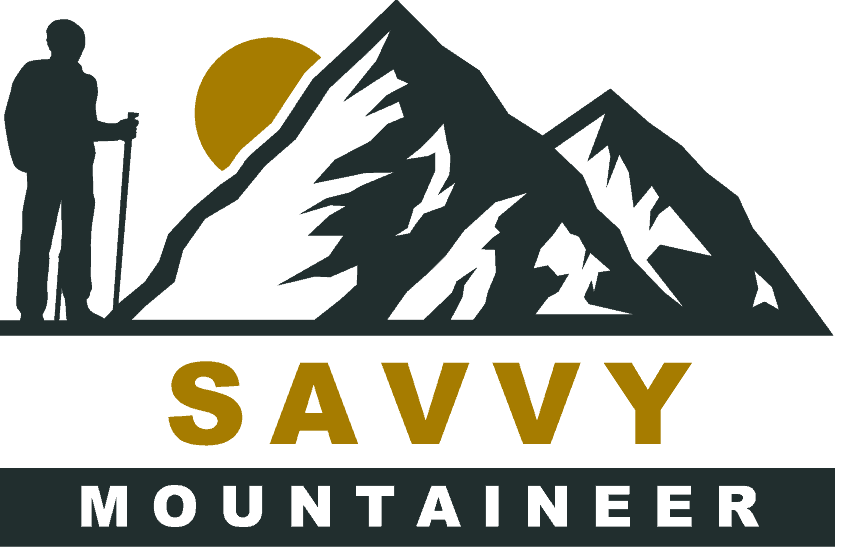Unveiling the Fears: What is Scary About Mountain Climbing?
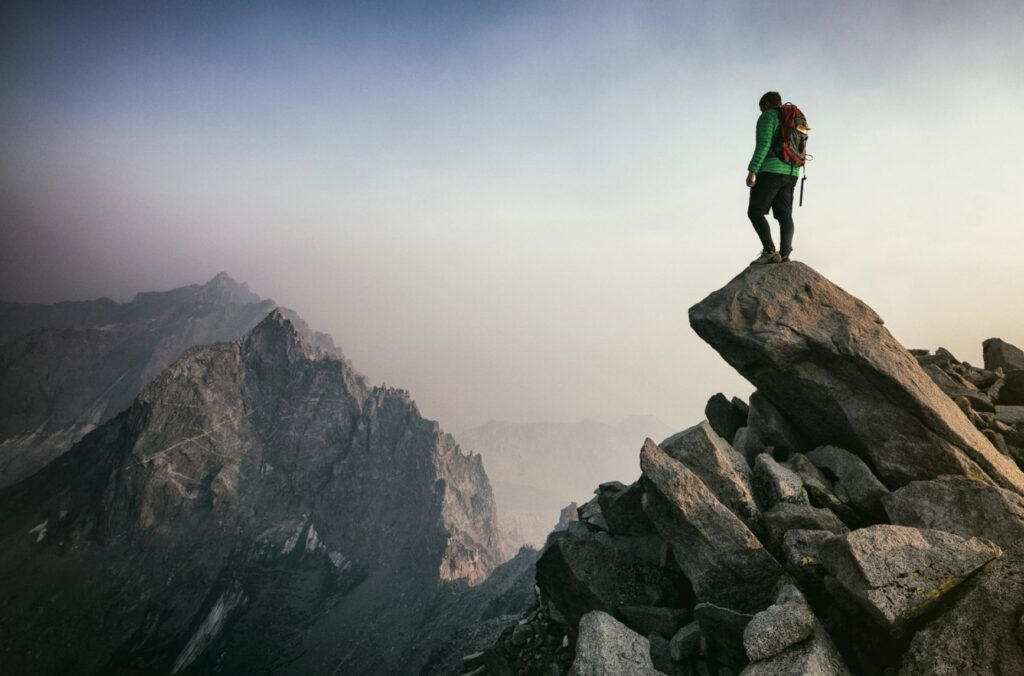
What is scary about mountain climbing? It’s a query that strikes an emotional chord with those who have scaled peaks as well as novices.
The thrill of reaching new heights comes hand in hand with the fear of unknown dangers lurking on each ascent.
Climbing mountains isn’t just physically demanding, it also tests your mental strength. The thought of falling or getting lost can be terrifying for many.
In fact, what is scary about mountain climbing often boils down to our innate fear of the unpredictable and uncontrollable elements nature throws at us.
Table of Contents
The Importance of Awareness in Mountain Climbing
Mountain scaling, a pursuit of high danger, necessitates an equilibrium between physical skill and mental sharpness. Awareness is paramount in mountain climbing, a fact that can make or break one’s experience.
Overcoming Overconfidence
Confidence is a vital component of mountain climbing, much like the proper equipment. However, overconfidence has been known to lead climbers into dangerous situations. It’s critical to remember that even experienced climbers are not exempt from the inherent risks associated with this adventurous pursuit.
To circumvent such pitfalls on your climb up Mount Everest or any other highest mountain for that matter, always respect nature’s unpredictability regardless of how familiar you may be with a particular terrain.
Gaining Adequate Knowledge
Muscle power alone cannot compensate for lack of knowledge when it comes to scaling rocky outcroppings at high altitudes. Understanding different aspects such as weather patterns and recognizing signs of altitude sickness could prove vital during your ascent.
Taking relevant courses or hiring an expert guide will significantly enhance safety while ascending those lofty heights – something every aspiring climber should consider before embarking on their journey towards summit fever.
Environmental Hazards in Mountain Climbing
The thrill of mountain climbing is often countered by the various environmental hazards climbers face. Climbers must grapple with the various risks of mountain climbing, such as soaring heights, frigid temperatures, natural calamities like quakes or volcanic eruptions and abysmal weather conditions that impair visibility.
Dealing with High Altitudes
Climbers have always faced difficulties when dealing with high altitudes. The thin air coupled with lower oxygen levels can lead to altitude sickness – headaches, nausea, and dizziness being common symptoms. To combat this risk, acclimatization, which involves gradually adapting your body to the changing environment before attempting any significant ascent, becomes crucial.
In fact, even experienced climbers refer to areas above 8,000 meters on mountains like Mount Everest as “death zones” due to their low atmospheric pressure causing insufficient oxygen for sustaining human life over extended periods of time.
Surviving Extreme Temperatures
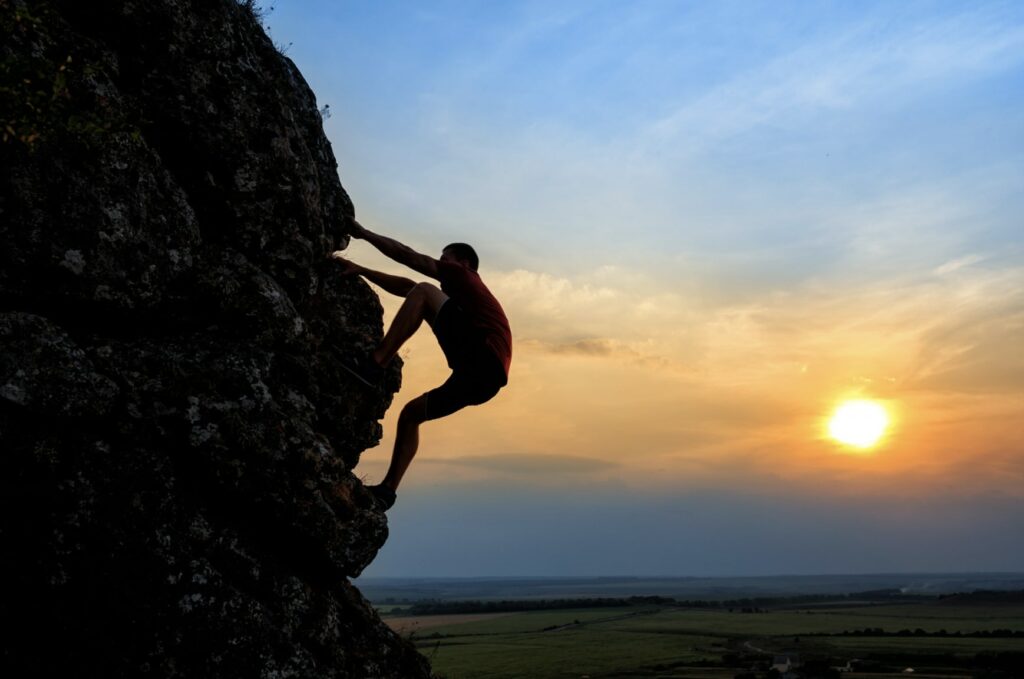
Beyond issues related to altitude lies another major concern: extreme cold temperatures during climbs at higher elevations. Hypothermia isn’t an uncommon occurrence if one fails to dress appropriately for these harsh conditions.
Frostbite too poses a serious threat under freezing climates; hence having suitable mountaineering gear turns into more than just an accessory but rather a necessity. Proper clothing layers along with insulated gloves and boots could be what separates you from severe injury or worse yet – death itself.
Preparing for Natural Disasters
This phrase might seem outlandish until you’re caught off guard by it while scaling up Crater Rock on Mount Hood. Indeed nature’s unpredictability doesn’t stop there either.
Natural disasters pose another set of risks associated specifically within mountainous regions where seismic activities aren’t unheard-of occurrences.
Human Factors Contributing to Dangers on Mountains
The dangers of mountain climbing are not solely due to the unpredictable nature of high altitudes and extreme weather. Human factors often play a significant role in mountaineering mishaps, including insufficient planning, inadequate training, incorrect mindset, or equipment failure.
Planning & Preparation Strategies
A successful climb begins long before you set foot on the trailhead. Thorough planning is crucial for any expedition; it’s about understanding your route specifics and being prepared for unexpected situations with adequate supplies and gear. Knowing what lies ahead, from potential hazards like falling ice or rocky outcroppings to altitude sickness symptoms, can make all the difference between success and disaster during your ascent of Mount Everest or other highest mountains in the world.
Training Essentials For Safe Climbs
To reach a successful summit, climbers must possess not only physical strength and endurance but also a high degree of balance. Balance-focused exercises, a staple in experienced climbers’ regimens, prepare the body for the rigors of trekking steep terrains, minimizing the risk of slips and falls while navigating uneven surfaces and slippery rocks or crevices. Proper conditioning ensures peak performance when tackling technical climbs at high altitudes.
Developing the Correct Mindset For Mountaineering
Mental fortitude is just as important as physical prowess when it comes to conquering peaks. A strong will and determination, coupled with respect for the inherent risks involved, are vital for maintaining safety, especially under harsh conditions within the death zone atop Mt. Everest, where oxygen levels drop dangerously low and every step becomes a struggle for survival. Remember, turning back does not equate to failure; rather, it is a wise decision to ensure a safe return home and enjoy future adventures outdoors.
Ensuring Equipment Reliability
Your life line literally hangs by a thread – rope, harness, crampons, among others – must be in top-notch condition each time you embark on a climb. Regular checks and maintenance are essential to prevent accidents caused by faulty gear. Furthermore, adhering to standards established by international bodies such as UIAA provides assurance of maximum protection against unforeseen incidents. Always remember, it’s better to be safe than sorry, especially when embarking on the daunting task of climbing Mount Everest.
Key Takeaway
Mountain climbing’s fright factor isn’t just about high altitudes and harsh weather; human factors like poor planning, inadequate training, the wrong mindset, or faulty gear often lead to mishaps. A successful climb requires thorough preparation, balance-focused physical conditioning, mental toughness respecting inherent risks, and reliable equipment maintained regularly for safety. Remember: it’s not a failure to turn back—it’s smart survival.
Navigational Challenges While Mountain Climbing
Mountaineering, a sport that tests both physical and mental resilience, presents its own set of navigational challenges. These can transform an exhilarating adventure into a perilous endeavor.
Preventing Loss Of Direction
The threat of losing one’s way on the vast expanse of mountains is ever-present. Factors like unfamiliar terrain, fluctuating weather conditions due to climate change, and high altitudes contribute to this risk significantly.
A thorough preparation involving studying maps or guidebooks becomes crucial in mitigating these risks. GPS devices are helpful, but their reliability might be compromised in remote areas due to weak signals or drained batteries. Therefore, acquiring basic compass skills remains indispensable for every climber aiming to climb Mount Everest or any highest mountain.
Minimizing Risks Of Falling
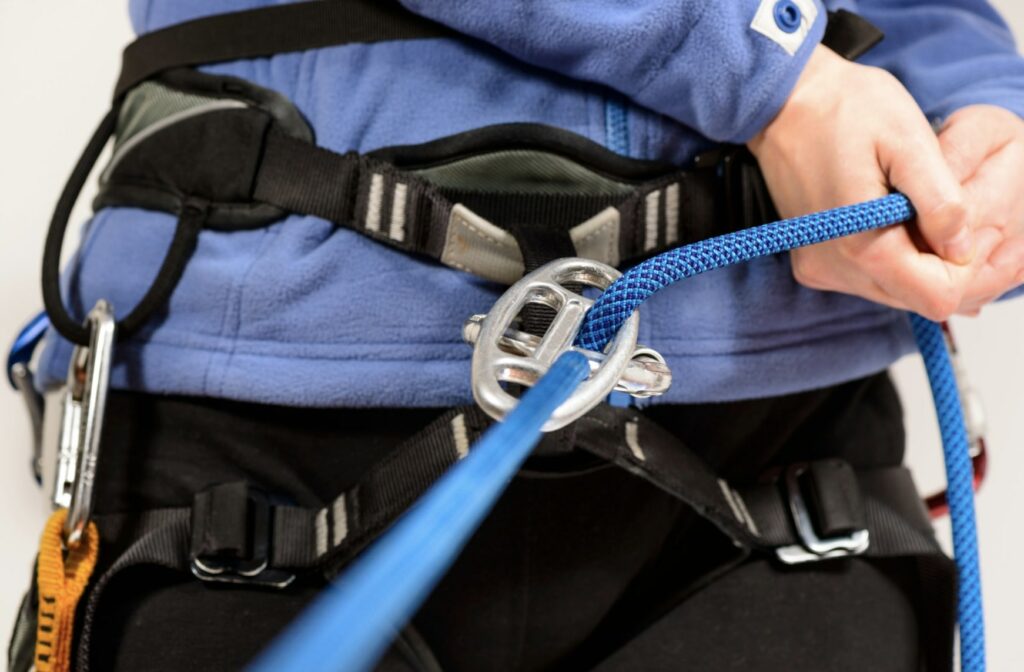
Falling from great heights is another fear-inducing aspect associated with mountaineering, especially when you’re tackling rocky outcroppings at high altitudes. This danger often surfaces because of unstable terrains such as loose rocks caused by ice snow melt leading cracks terrain loosening rocks unpredictable weather changes increased frequency sudden natural disasters all posing additional challenges aspiring alpinists who must now adapt new realities imposed climate change order continue enjoying outdoor adventures safely responsibly.
Always ensure your equipment fits correctly before embarking on your climb.
Health Risks Associated With Mountain Climbing
The thrill of scaling peaks, from Everest to Mount Hood, comes with potential health risks. Dehydration and acute mountain sickness (AMS) are among the most common threats that climbers face.
Recognizing And Treating Dehydration
In the high altitudes where air is thin and dry, dehydration can sneak up on you. It starts subtly – a nagging thirst here, fatigue there – but left unchecked it could escalate to dizziness or even fainting. Mayo Clinic
To outsmart dehydration during your climb, guzzle plenty of fluids before setting off for the summit fever. Then keep hydrating throughout your adventure – remember small sips often do wonders. Don’t forget those water-rich fruits either; they’re not just delicious snacks but also hydration heroes in disguise.
If despite these precautions you find yourself showing signs of dehydration, stop climbing immediately. Rehydrating solutions should be part of one’s mountaineering gear if available; otherwise, clear broths and diluted fruit juices will suffice until symptoms subside. MedlinePlus.
Avoiding Acute Mountain Sickness (AMS)
AMS isn’t just an inconvenience—it’s a potential killer lurking at high altitudes. Symptoms may start with mild headaches and nausea, however, severe forms like High Altitude Cerebral Edema (HACE) pose a fatal risk if left untreated. NCBI
To avoid this condition, experienced climbers suggest ascending slowly, allowing time for the body to adjust to altitude changes. Also, consider taking prescribed medications to reduce the severity of AMS symptoms. Consult a doctor prior to the trip to ensure the safety of your peak adventure.
Impact Of Other Climbers On Safety During Ascents
The fact of mountain climbing is that it’s not just your own conduct you need to be attentive about; the choices and behaviour of other climbers can have a major influence on your safety during an ascent. The behavior and decisions made by other climbers can significantly impact your safety during an ascent.
Being Aware Of Others’ Actions
In the realm of mountaineering, being aware isn’t solely about understanding one’s own actions but also those around us. It involves observing others’ climbing techniques, behaviors, and decision-making processes on the mountainside.
Risky maneuvers like rushing ascents without proper acclimatization or disregarding weather forecasts are unfortunately common among inexperienced climbers. These reckless acts can trigger dangerous situations such as falling ice or rock slides which threaten everyone in their vicinity including experienced climbers who adhere strictly to guidelines for safe climbs.
To enhance personal safety while ascending mountains, studying how seasoned alpinists behave under different circumstances becomes essential knowledge. Everest guides, known for their patience and respect towards nature even when faced with daunting challenges, provide valuable lessons in this regard.
Beyond monitoring risky behaviors, keeping a watchful eye out for signs indicating altitude sickness or exhaustion amongst fellow hikers is equally important. Symptoms may include severe headaches, dizziness, and extreme fatigue – all requiring immediate medical attention if detected early enough, which could potentially save lives.
Climate Change And Its Effect On Mountain Climbing Safety
The effects of climate change on mountain climbing safety are not just hypothetical scenarios anymore. They’re real, they’re here, and they pose significant challenges to even the most experienced climbers.
Rising Global Temperatures
Decades of increased carbon dioxide emissions have resulted in rising global temperatures, creating a hazardous environment for climbers. But did you know these temperature changes can cause ice and snow melt at an accelerated rate? This leads to cracks in terrain, loosening rocks – all making paths unstable for mountaineers.
This isn’t a future prediction; it’s happening right now. It’s adding another layer of unpredictability which makes every climb more dangerous than before. Even if you think your years of climbing experience will keep you safe, remember this: nature doesn’t discriminate.
Unpredictable Weather Changes
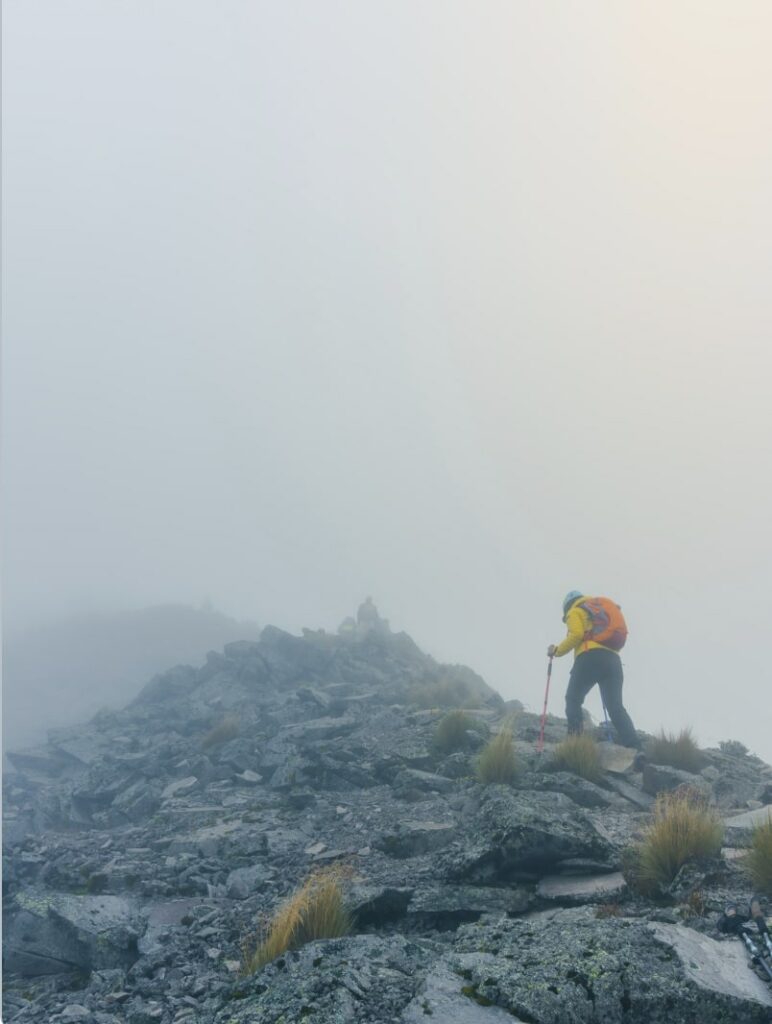
Besides structural instability caused by melting ice and snow, there’s also unpredictable weather patterns brought about by climate change. One moment it might be clear skies with mild winds perfect for ascending Mount Everest or any highest mountain out there; the next thing you know, a storm is brewing without warning.
Sudden shifts like these make ascents treacherous if not outright impossible at times, but hey, don’t let this scare you off from pursuing your passion. As long as proper precautions are taken into account during the planning stages, such as checking reliable sources for up-to-date information on current conditions prior to setting off on your trip, and always being ready to adapt to unexpected circumstances along the way too.
Natural Disasters Increase Frequency
Apart from immediate concerns such as shifting terrains or changing weather, the frequency of natural disasters has seen an increase attributed largely to climate change, including avalanches, landslides, among others, posing serious threats to aspiring alpinists who find themselves unprepared to deal with situations that arise unexpectedly during climbs.
To stay safe while enjoying outdoor adventures under the new realities imposed by climate change, one must take necessary steps to ensure their own well-being and that of those around them too. This includes obtaining updated environmental data from credible sources before embarking on a journey and having contingency plans in place should things go south. Most importantly, never forget to respect the power that Mother Nature herself holds over us all, especially in high altitudes where her wrath is felt most intensely.
Key Takeaway
Climate change is not just heating up our planet, it’s turning mountain climbing into a high-stakes gamble. With melting ice causing unstable terrains and unpredictable weather whipping up storms without warning, every ascent becomes riskier. Add to that the increasing frequency of natural disasters like avalanches and landslides, even seasoned climbers need to tread with caution. But don’t hang up your boots yet. Proper planning, reliable data sources and respect for Mother Nature can still make your mountaineering dreams possible.
FAQs in Relation to What is Scary About Mountain Climbing
What is the danger of mountain climbing?
The dangers include high altitudes, extreme weather conditions, equipment failure, navigational errors, and health risks such as dehydration or altitude sickness.
What are some problems people might face while mountain climbing?
Climbers may encounter issues like inadequate preparation, overconfidence in abilities, encounters with wildlife, and the impact of other climbers’ actions on their safety.
What is the scariest mountain to climb?
Annapurna I Main in Nepal is considered one of the most dangerous mountains due to its steep slopes and high fatality rate among climbers.
Why do people risk their lives to climb mountains?
Climbing mountains can offer a sense of achievement, adventure thrill, and an opportunity for personal growth despite inherent risks involved.
Conclusion
Mountain climbing is an exhilarating adventure, but it’s not without its scares.
The lack of awareness can turn a thrilling climb into a nightmare. It’s crucial to overcome overconfidence and gain adequate knowledge before embarking on this journey.
Nature poses significant challenges with high altitudes, extreme temperatures, unpredictable weather conditions, and potential encounters with wildlife or poisonous plants. Preparation for these environmental hazards is key.
Human factors also contribute to the dangers on mountains – insufficient planning, inadequate training, and incorrect mindset can put lives at risk. Equipment reliability plays a vital role too.
Navigational errors leading to getting lost or falling are other major concerns that need attention while mountain climbing.
Your health during climbs shouldn’t be overlooked either; dehydration is one such issue that needs proper management for safe ascents.
Besides your actions, those of other climbers could impact safety during climbs as well!
Finally, climate change has added another layer of complexity, making mountaineering more dangerous than ever before.
Ready to tackle these fears head-on? At SherpaAscent, we provide you all the resources needed for your next mountain adventure! From tips about dealing with high altitudes to managing bad weather conditions – we’ve got you covered!
